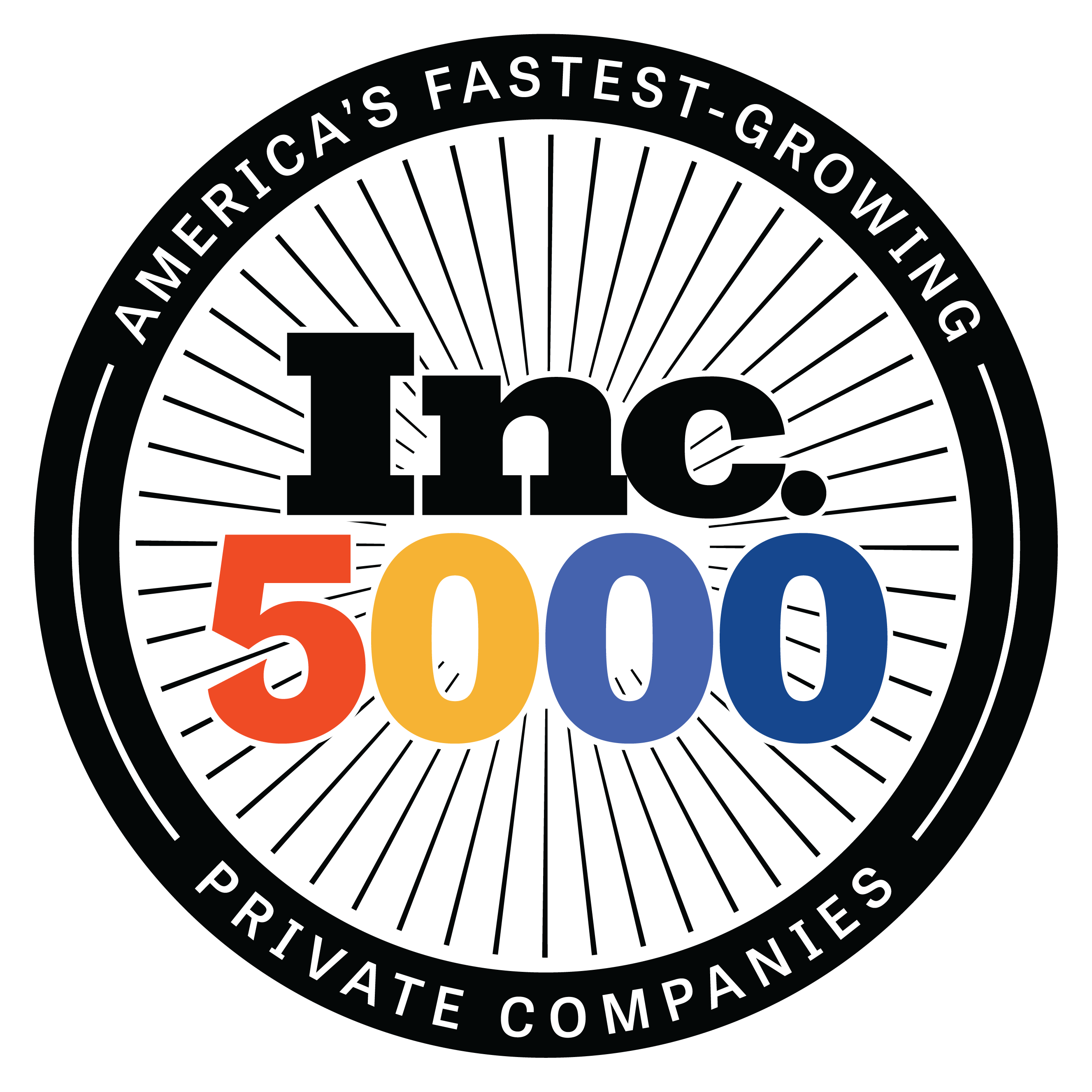2025 Homebuying Made Easy: Market Trends and Preparation Strategies
Published: December 4, 2024

2025 Homebuying Made Easy: Market Trends and Preparation Strategies
If you're planning to buy a home in 2025, there are several important factors to consider and steps to take that will help ensure your success. Various trends will influence home affordability and your ability to purchase the home you want without stretching your budget.
So, what can we expect regarding mortgage rates? Will there be an increase in available homes on the market next year? Additionally, there are specific actions every homebuyer should start taking now to prepare for 2025. Let’s break it down to help you navigate this market with confidence.
Will Mortgage Rates Drop in 2025?
The questions asked by homebuyer and real estate agent is where mortgage rates are heading in 2025. Although nobody has a crystal ball, many reliable experts predict them to drop over the course of the year. If you're planning to buy a home in 2025, there are several important factors to consider and steps to take that will help ensure your success.
Various trends will influence home affordability and your ability to purchase the home you desire without stretching your budget.
How much mortgage rates drop will depend on ever-shifting market factors such as inflation, unemployment, wage growth, economic growth, and the possibility of a recession.
Sourcing data from reputable sources such as Fannie Mae, the Mortgage Bankers Association (MBA), HousingWire, and MBS Highway, it’s expected that rates will drop slightly next year but remain in a range between 5.75% and 7.25%.
These figures are dependent on the economic factors previously mentioned, and it could take until the second half of the year to see rates in the low end of that range. Mortgage rates can directly impact your overall budget; check out this home affordability calculator to learn more.
If you want to buy in 2025, it’s important to connect with a UMortgage Loan Originator as early as possible to take advantage when market opportunities arise.
More Homes and More Buyers on the Market in 2025
Housing inventory, specifically a lack thereof, has been one of the main drivers of the housing market these last 3 years. Throughout the year, we’ve seen inventory numbers steadily rise to highs not seen since the summer of 2020. As of the end of November, we have 27% higher single-family housing inventory than this time last year.
This rise is expected to continue to increase in 2025, and it’s partly due to the forecast that rates will drop slightly across the year. According to Mike Fratatoni, Chief Economist and SVP for Research and Business Development at the MBA, “mortgage rates at this level should support homebuyer demand and gradually reduce the lock-in effect, thereby increasing the inventory of existing homes and supporting higher purchase origination volume in 2025.”
More sustainable inventory is great news for homebuyers. Not only does this mean more options to shop from, but it also gives more negotiation power for many homebuyers to get an asking price that works for their financial picture.
How to Prepare to Buy a Home in 2025
Buying a home is a big commitment, but there are plenty of things you can start doing now to put yourself in the driver’s seat when it comes time to buy in 2025. Below are a few strategies that will help you be one of the strongest buyers on the market next year.
- Start Saving for a Down Payment: A higher down payment will help you secure the lowest possible mortgage rate and can significantly lower your monthly mortgage payment. It’s possible to buy with as little as 3% down for conventional loans (and 0% down for a VA loan), but a higher down payment will open up more possibilities.
- Build and Maintain a High Credit Score: Like with a higher down payment, a higher credit score will be key to getting you the lowest possible mortgage rate. Building credit is easier than you might think: make sure you pay all of your monthly debts on time and, if possible, keep balances as close to $0 as possible. Read this guide for more credit-building tips.
- Get a Mortgage Pre-Approval: Your golden ticket in the homebuying process is a mortgage pre-approval. This will give you an accurate estimate of your buying power and will show sellers and listing agents that you’re a serious buyer. Fill out this form to start your free pre-approval today!
The Importance of Working With a Local Expert
It’s looking like the 2025 housing market will bring some balance that should make affordable homeownership more accessible. However, the best way to ensure a sensible home purchase in 2025 is to work with local mortgage and real estate experts who can help you navigate the ebbs and flows of the market.
A knowledgeable real estate agent in your area will understand home prices by neighborhood and the areas where home prices appreciate the most. This expert guidance will help you spot deals, avoid overpaying for a property, and ensure that your home is an investment that grows your financial power over time.
When you work with a UMortgage Loan Originator, you’ll gain a partner who will help you maximize the wealth-building benefits of homeownership. Throughout your homebuying process, your LO will learn more about you to make sure your mortgage matches your short- and long-term financial goals.
Even after you’ve closed your loan, your LO will stay in touch to share refinance opportunities that will ensure you have the lowest possible mortgage payment and can use the equity you’ve earned to grow your financial portfolio.
If you’re ready to start preparing to buy a home and unlock financial freedom through homeownership, follow this link to get connected with a UMortgage LO today!
